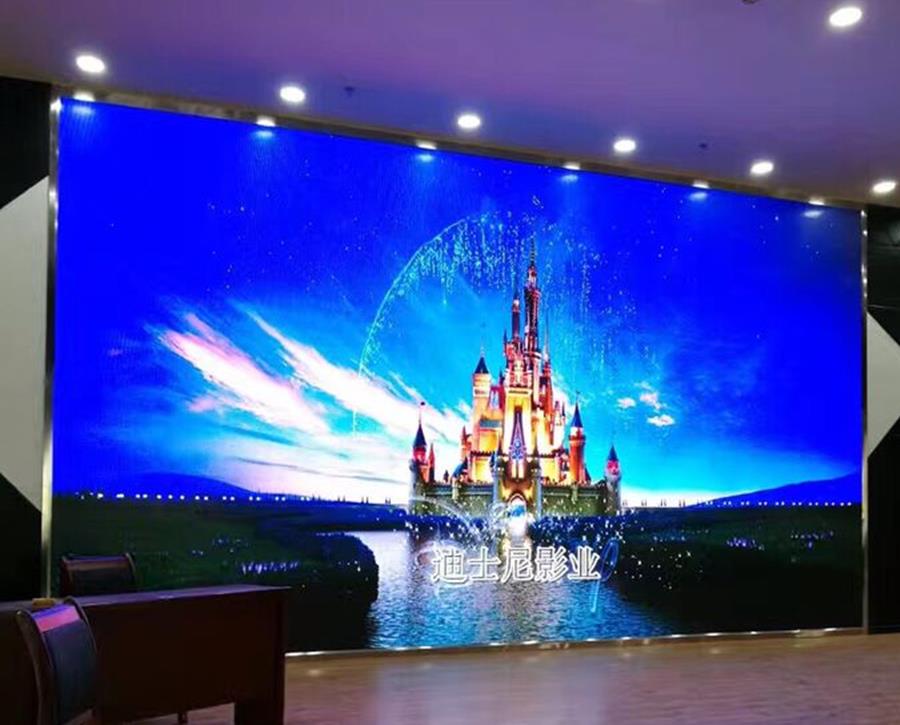With the increasing frequency of LED electronic screen in our life, the demand for operation and maintenance materials relative to LED electronic screen is also increasing. The quality of the fish dragon mixed beads of LED light-emitting tubes sold in the market is also uneven, and the brightness can not be guaranteed. Many of the light-emitting diodes marked with brightness 1400-1600mcd in each store can not reach the brightness marked. The phenomenon of shoddy goods deceives consumers. Most people do not have the ability to identify the brightness of LED light-emitting tubes. Therefore, businesses say that the brightness is the brightness. For the brightness size, the bigger the better, but according to customer needs, the appropriate brightness size will achieve unexpected results.
1、 How to identify the brightness of LED electronic screen?
1. Make a 3V DC power supply convenient for connecting light-emitting diodes, preferably made of batteries. Two button batteries can be used, which are installed in a small plastic tube and lead out two probes as positive and negative output. The tail end is directly made into a switch with shrapnel. When in use, the positive and negative probes correspondingly contact the positive and negative pins of the LED, press and hold the switch at the tail end, and the LED is powered on.
2. Secondly, a simple light measuring device is composed of a photoresist and a digital multimeter. Two thin wires are led out of the photoresist and directly connected to the two probes of the digital multimeter. The gear of the multimeter is placed at 20K (depending on the photoresist, try to make the reading accurate). Note that the measured value is actually the resistance of the photoresist. Therefore, the brighter the light is, the smaller the value is.
3. Take a LED and light it with the above 3V DC. The light emitting head is facing and close to the photosensitive surface of the connected photosensitive resistor. At this time, the multimeter will read to distinguish the luminous brightness of the LED.
2、 Brightness discrimination level refers to the brightness level between the darkest and whitest images that can be distinguished by human eyes.
The gray level of LED electronic screen is very high, which can reach 256 or even 1024. However, due to the limited sensitivity of human eyes to brightness, these gray levels can not be fully recognized. In other words, many people with adjacent gray levels may look the same. And eye discrimination varies from person to person. For the display screen, the more the human eye recognition level, the better, because the displayed image is for people to see after all. The more brightness levels that human eyes can distinguish, the larger the color space of the display screen, and the greater the potential to display rich colors. The brightness identification level can be tested with special software. Generally, the display screen can reach more than level 20, which is a better level.
3、 Requirements for brightness and visual angle:
The brightness of indoor full-color LED electronic screen should be more than 800cd / m2, and the brightness of outdoor full-color screen should be more than 1500cd / m2, so as to ensure the normal operation of the display screen, otherwise the displayed image will not be seen clearly because the brightness is too low. The brightness is mainly determined by the quality of LED die. The size of the visual angle directly determines the audience of the LED electronic screen, so the larger the better. The viewing angle is mainly determined by the die package.
It is very necessary to determine the brightness of LED electronic screen. At present, the brightness requirements of urban bright LED electronic screen, or new regulations, if the brightness of LED screen is too high, it will cause trouble to nearby residents. In order to avoid adverse reactions, businesses need to have relevant professional knowledge when customizing and maintaining LED electronic screens.